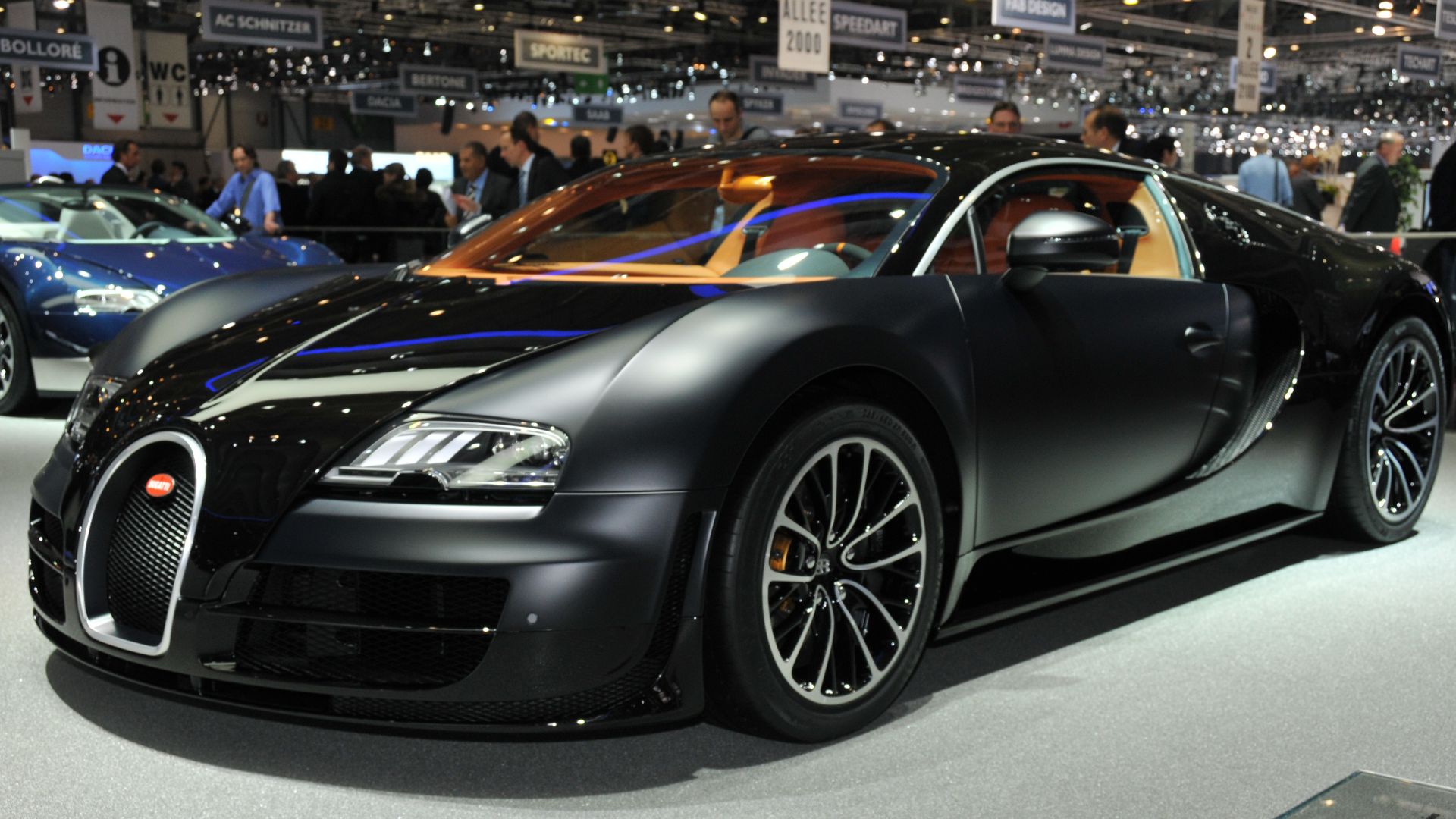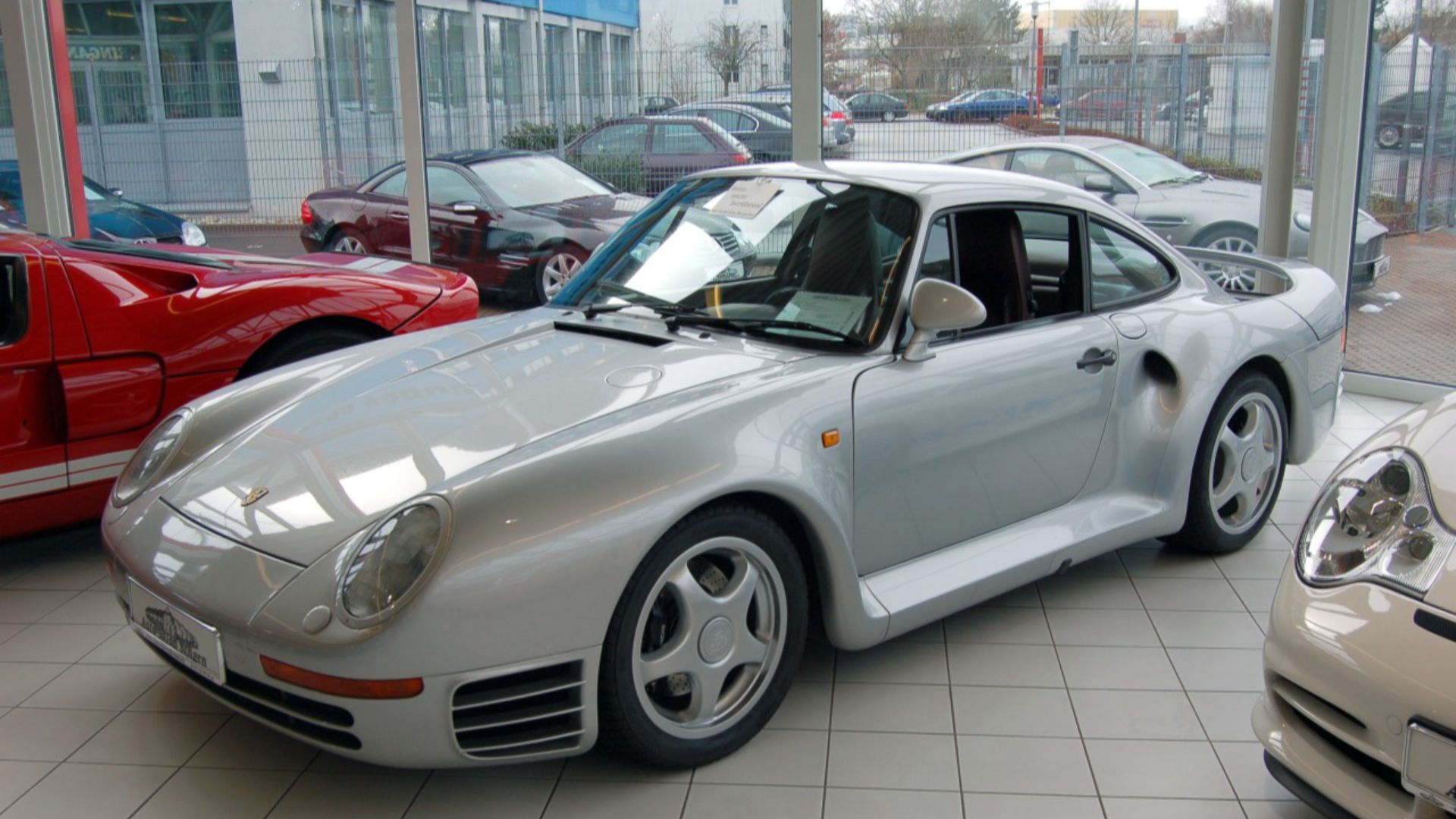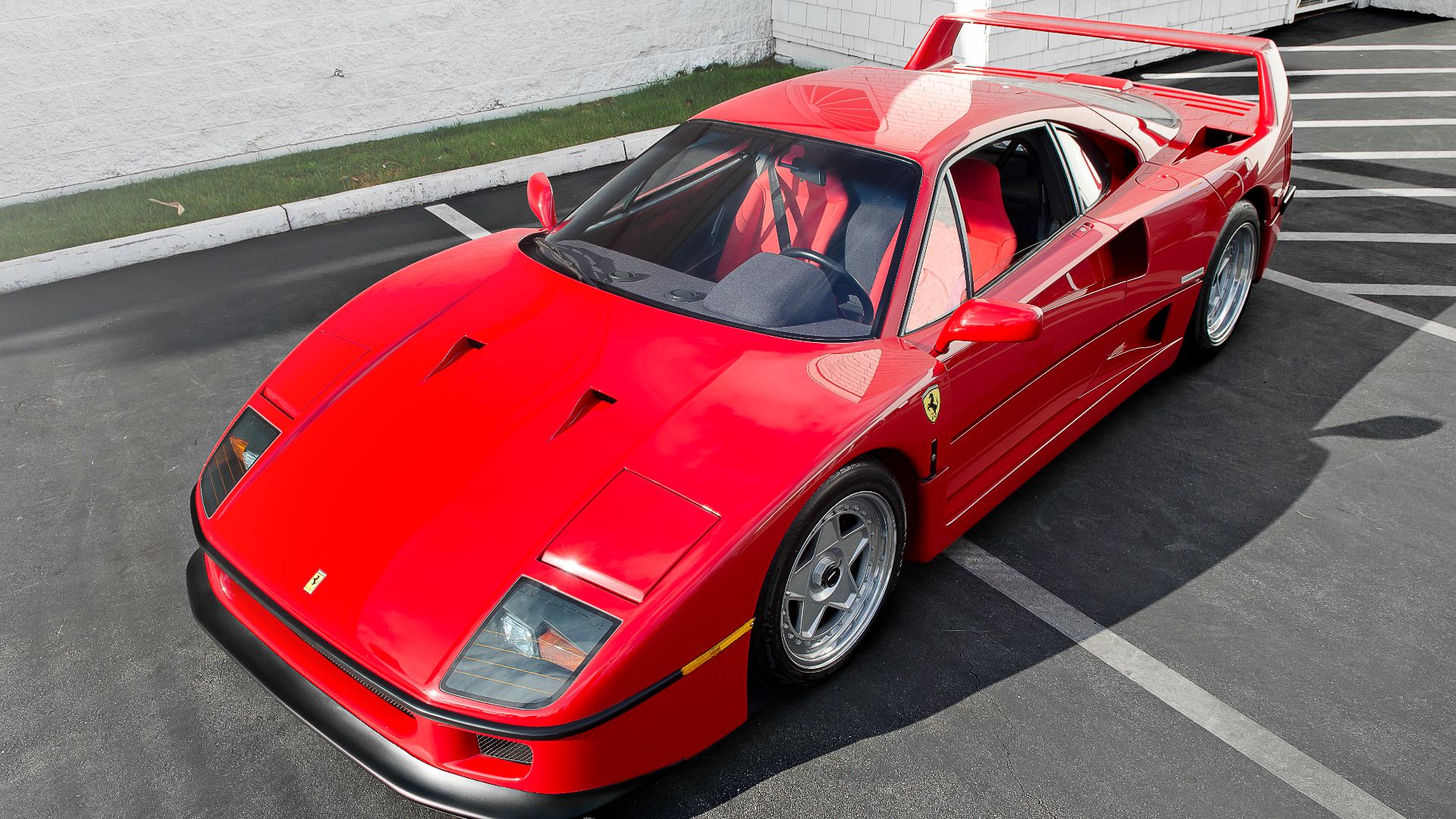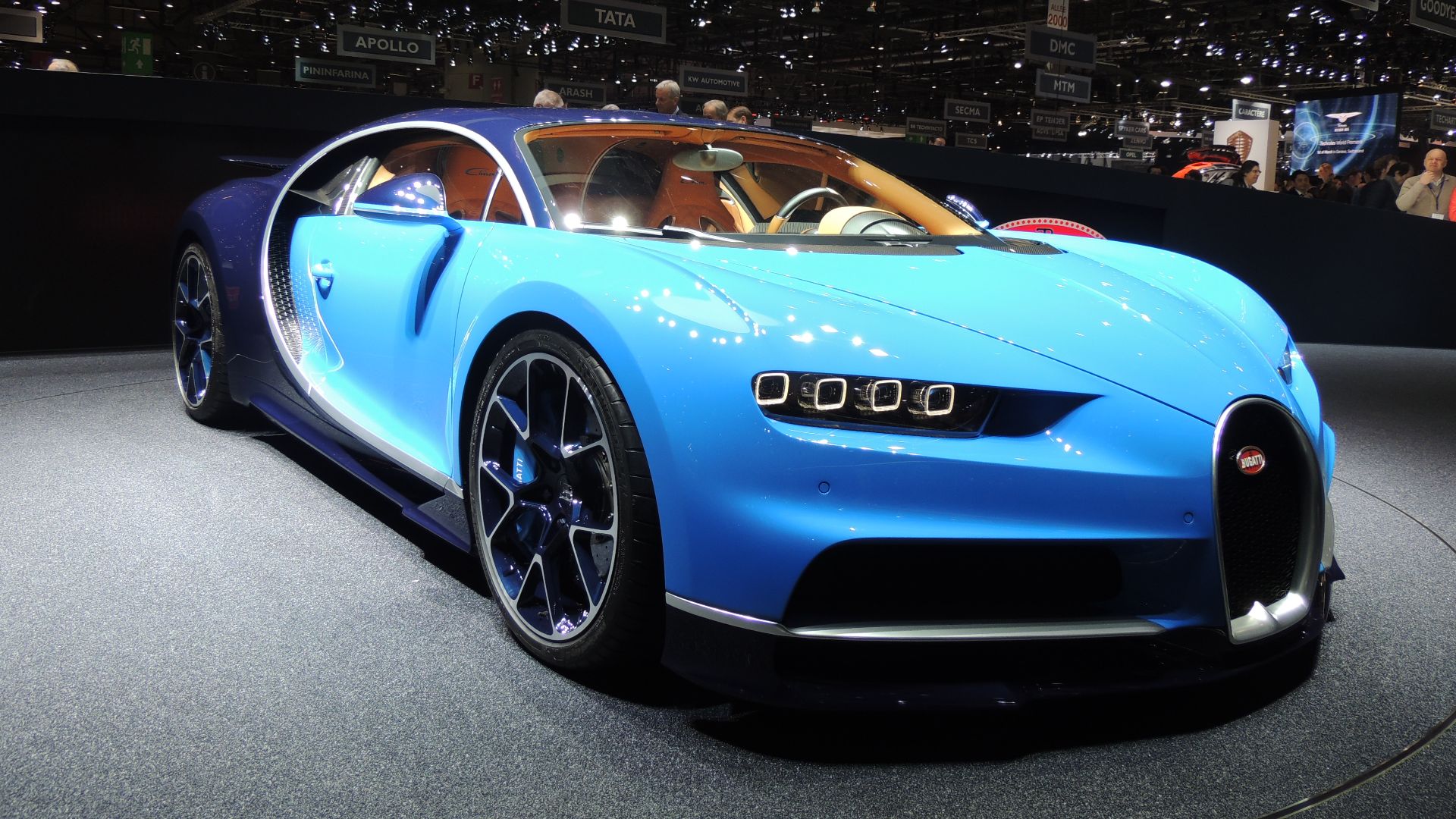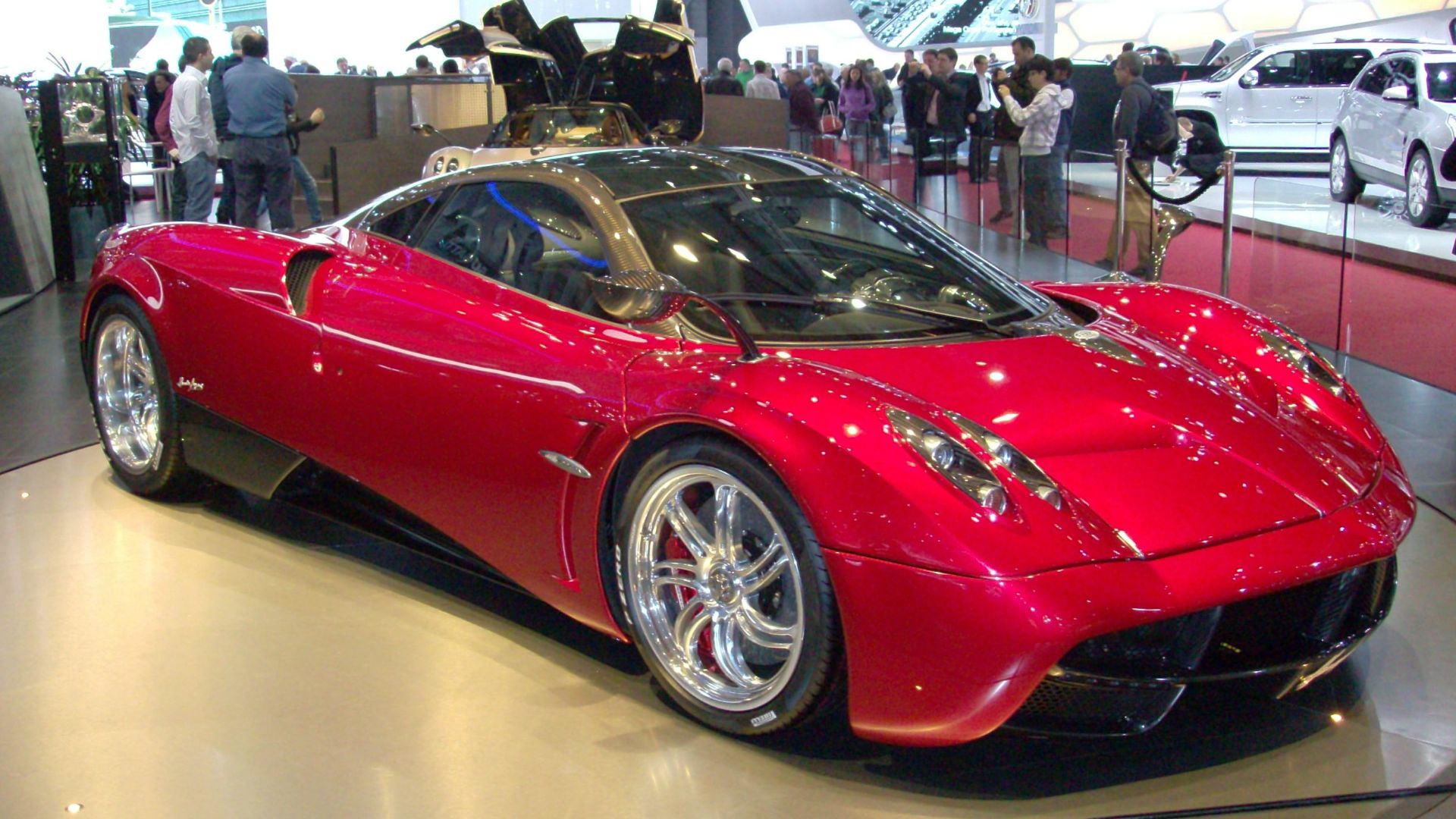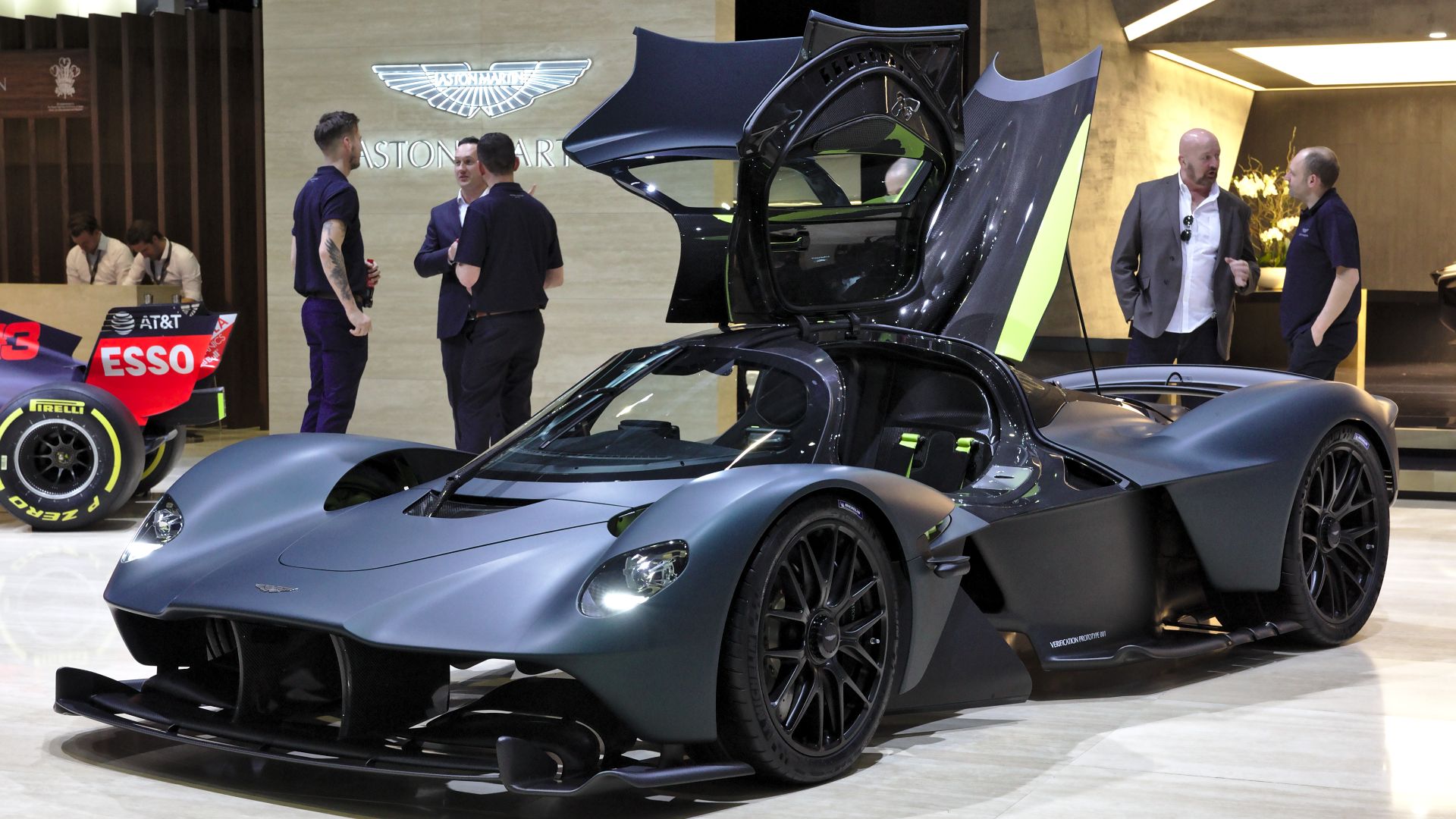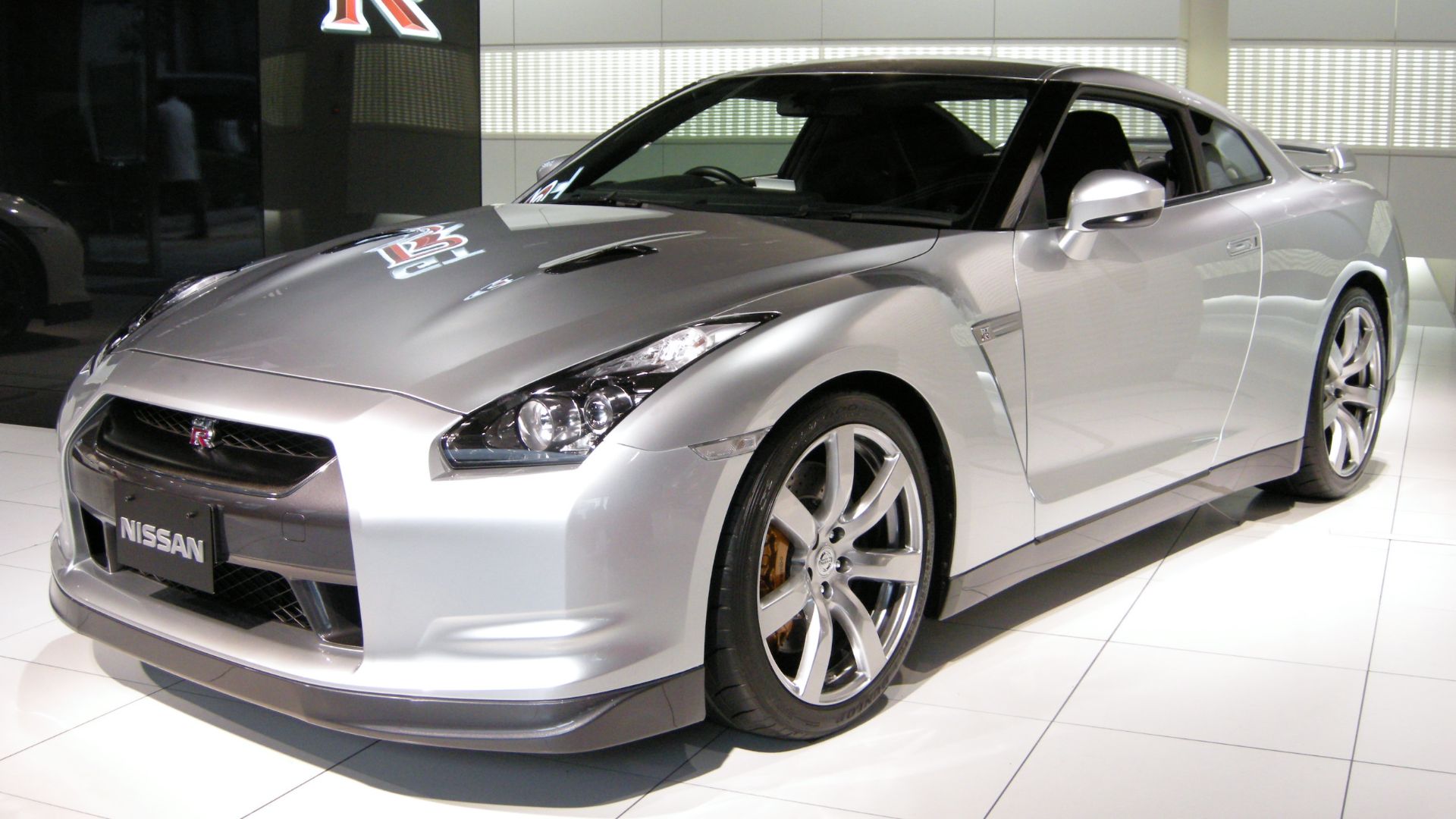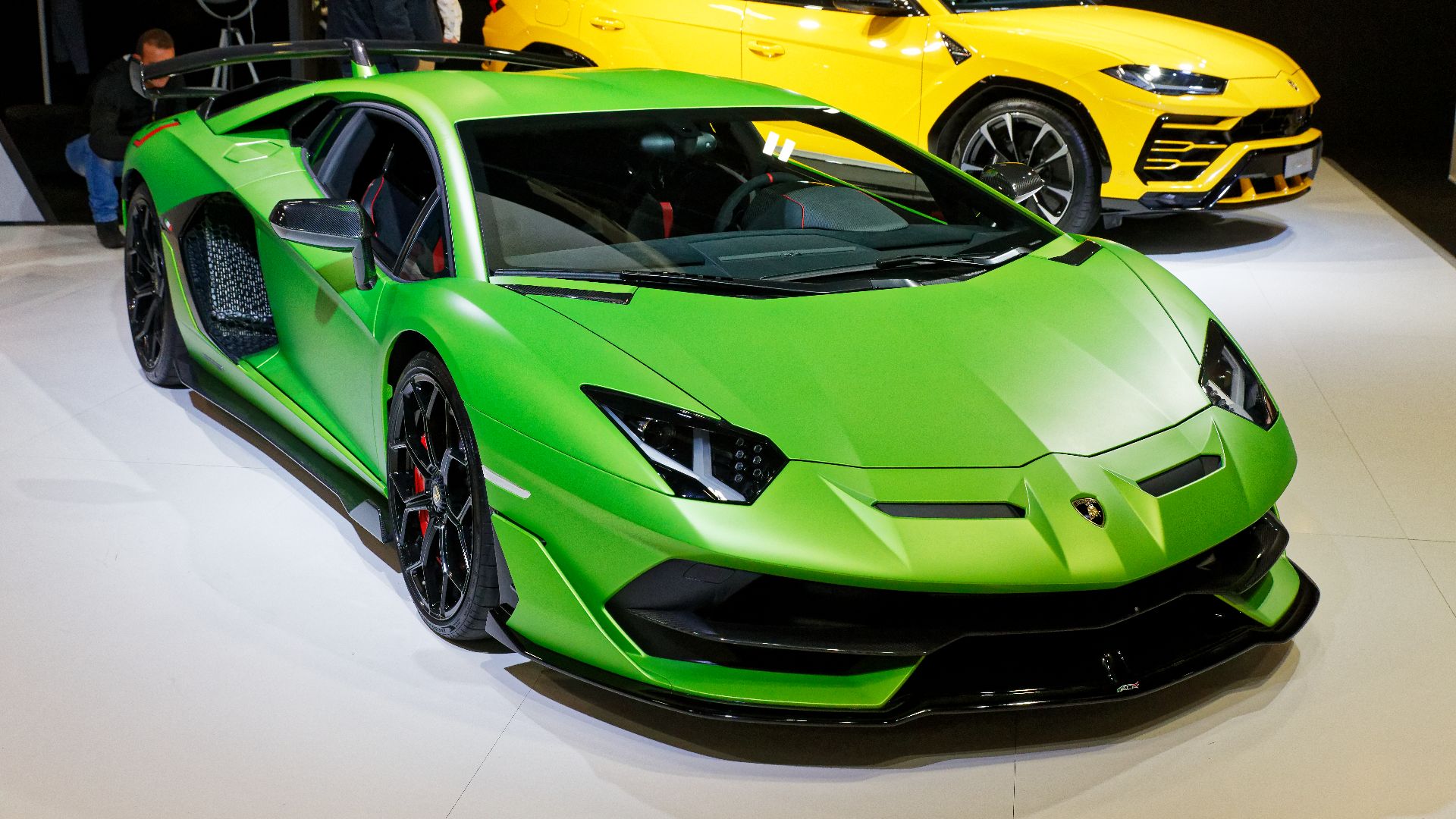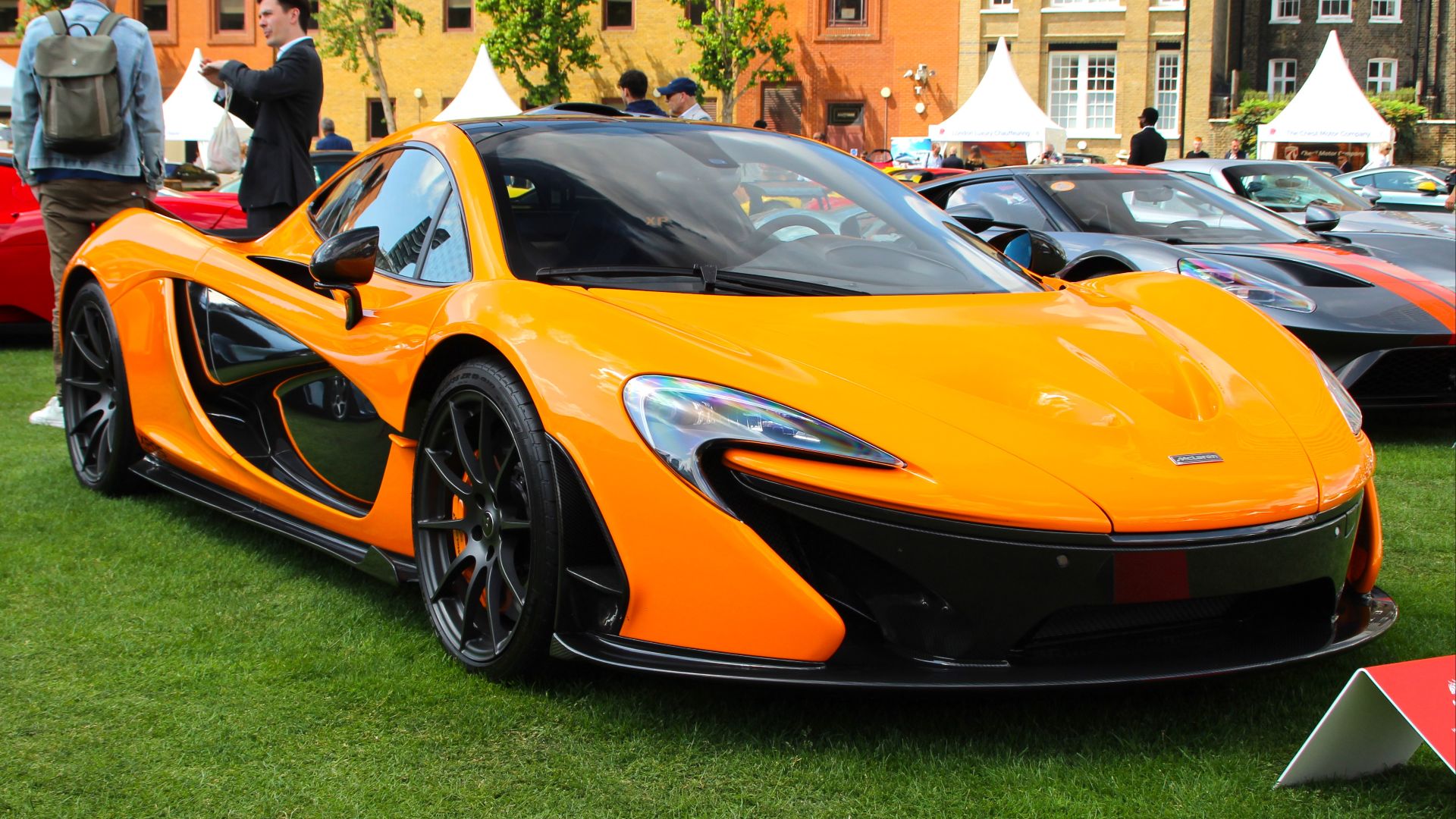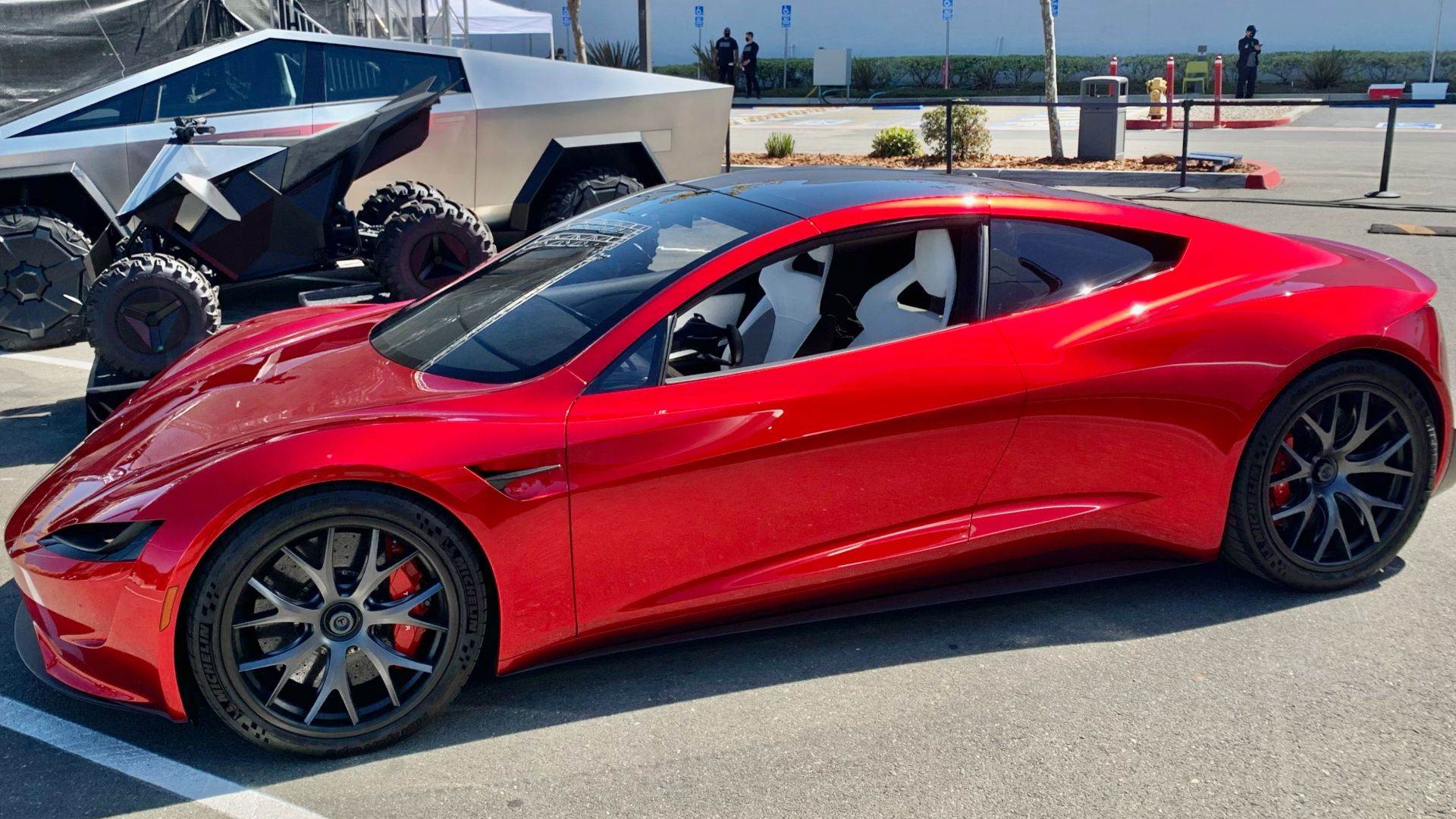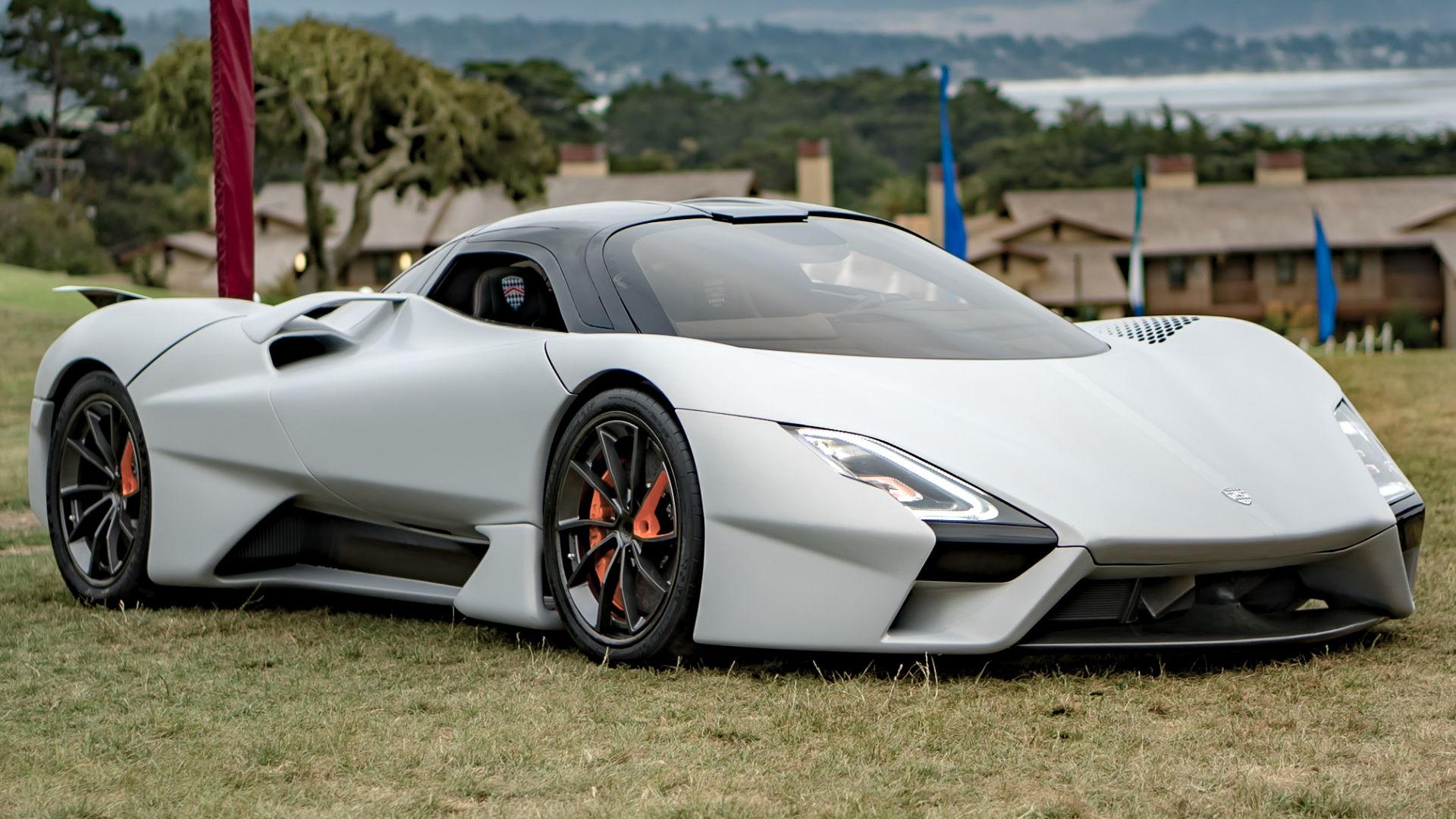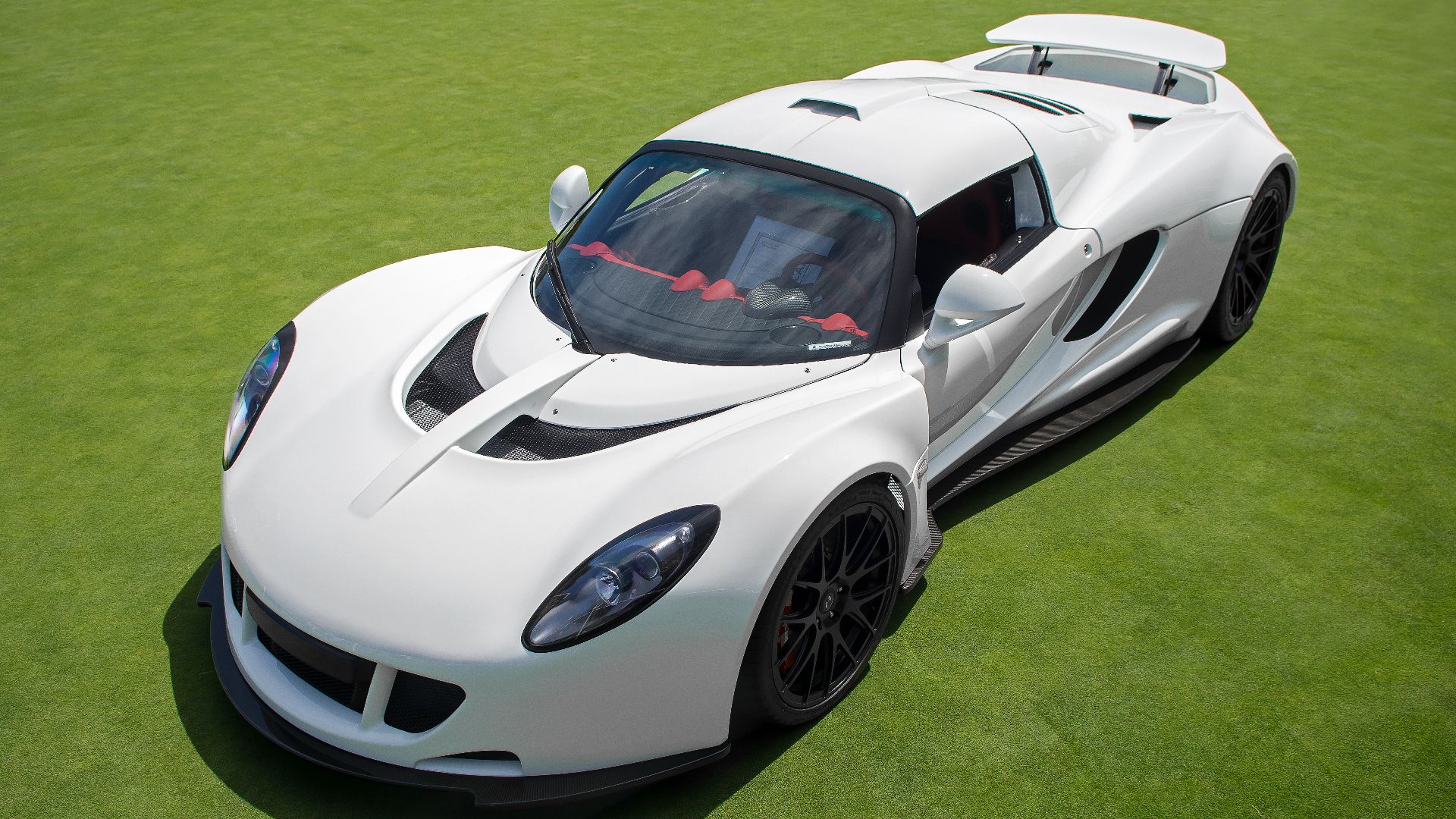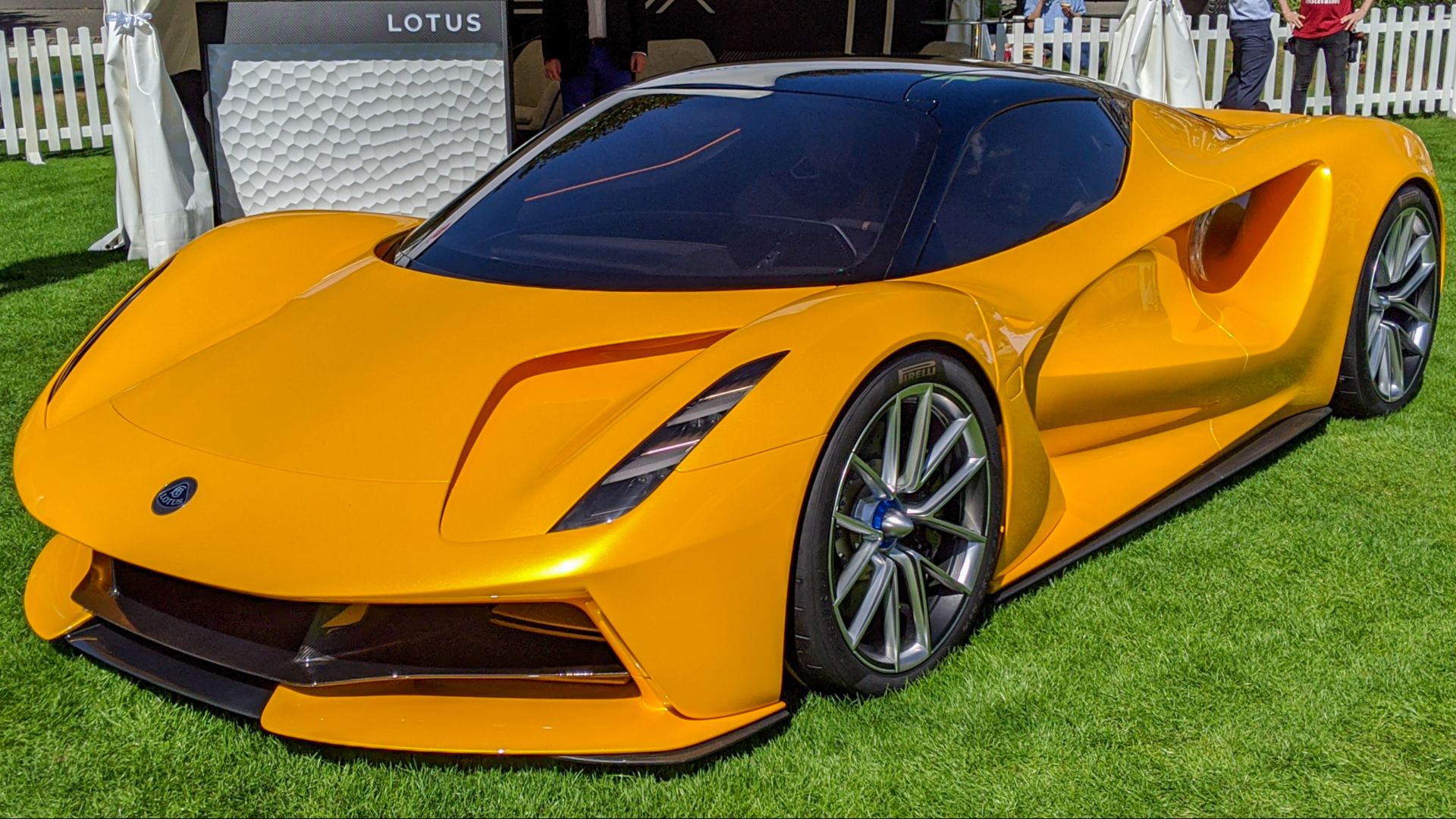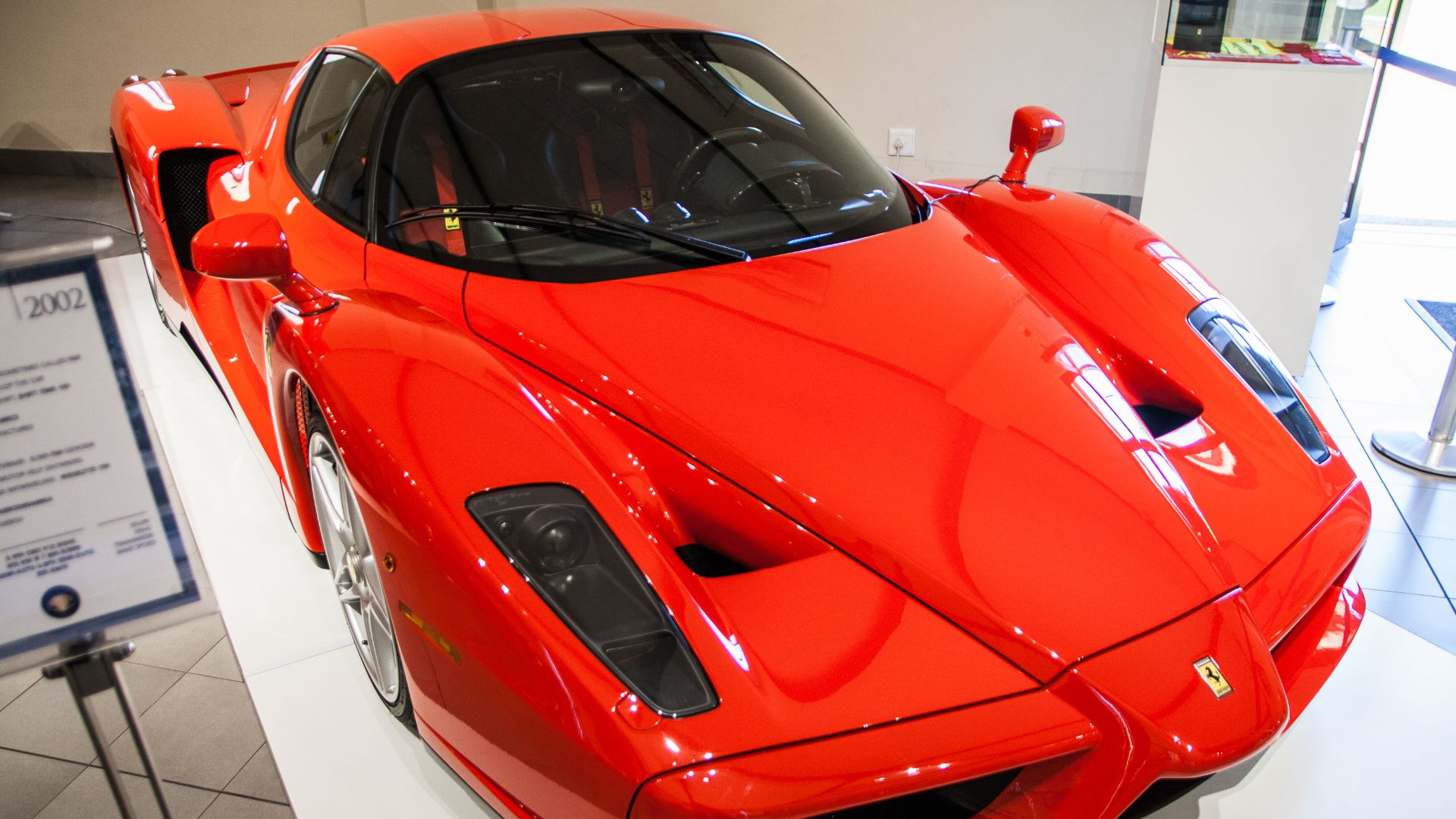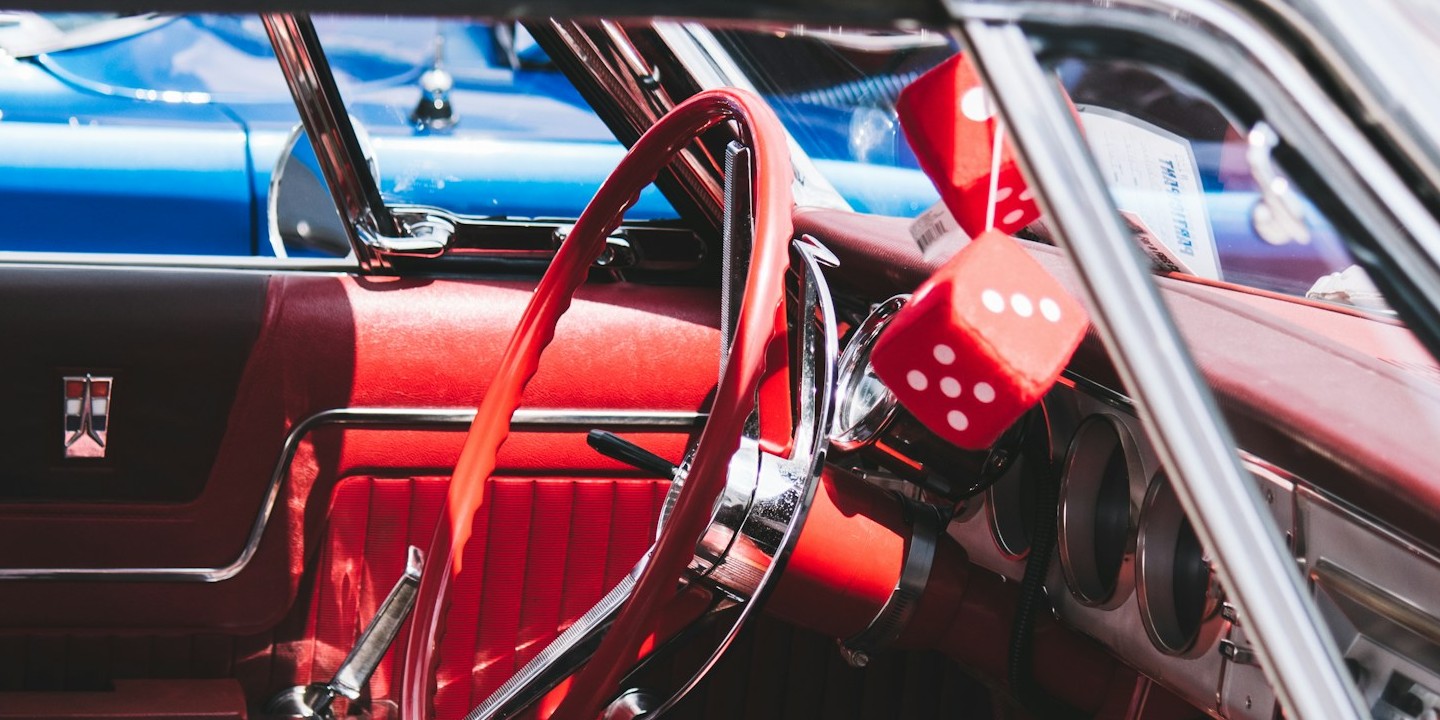The Cream Of The Crop
When it comes to speed, supercars have been lighting up the automotive world for decades. These beasts have broken numerous records with their jaw-dropping feats of engineering prowess—and it's only right that we celebrate them. Today, we’ll look back at automotive history and highlight the 20 best supercars and hypercars that have ever graced our roads. Did we miss any?
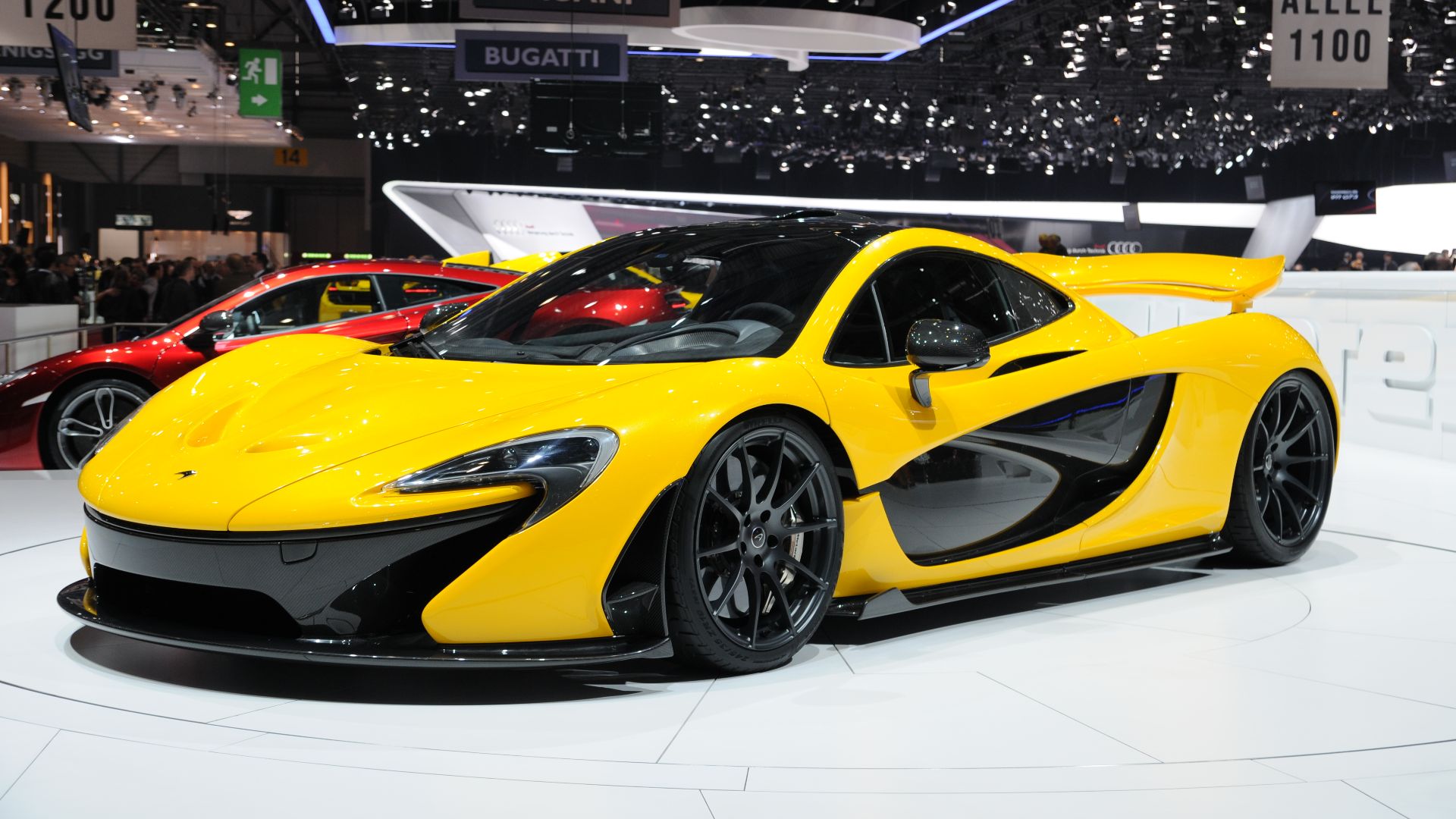 Norbert Aepli, Switzerland on Wikimedia
Norbert Aepli, Switzerland on Wikimedia
1. Bugatti Veyron Super Sport (2010)
The Bugatti Veyron Super Sport's 8.0-liter W16 engine pumps out 1,200 horsepower. Hitting 267 mph is no joke, and it became the fastest production car back then. The world couldn't get enough of this car, and it fetches crazy prices even today.
2. Koenigsegg Agera RS (2017)
The Agera RS, with its carbon fiber body and 1,341 horsepower, took the car world by storm. It reached 277.9 mph on the speedometer. The car is Swedish engineering at its absolute finest, breaking world records like they were nothing.
 Falcon® Photography from France on Wikimedia
Falcon® Photography from France on Wikimedia
3. McLaren F1 (1992)
The McLaren F1 held the fastest car records in 1993 (at 231 mph) and 1998 (at 240 mph). We just can’t forget that gold-lined engine bay. Moreover, there was a unique three-seat layout that changed the racing scenes in the '90s.
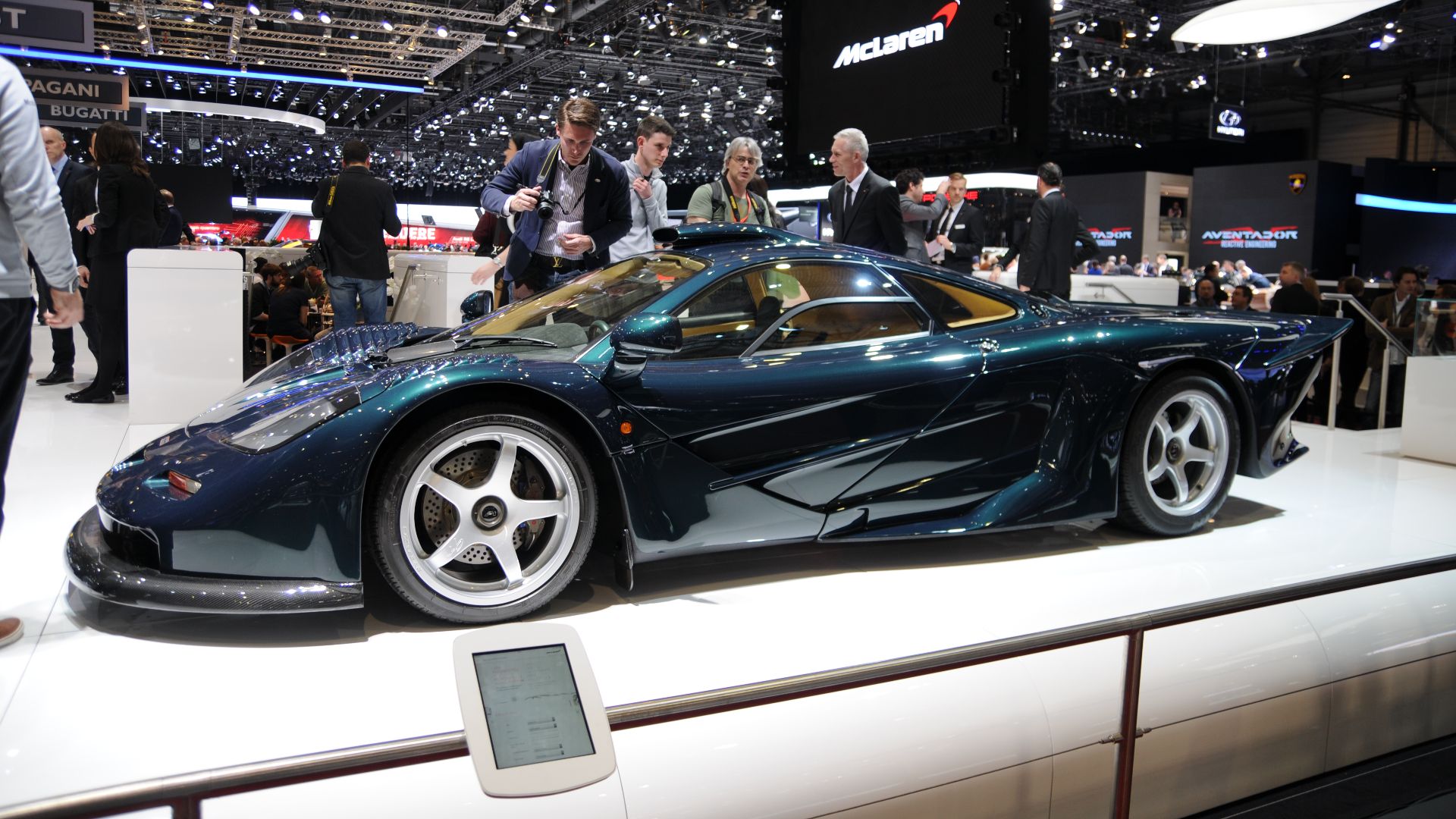 Norbert Aepli, Switzerland on Wikimedia
Norbert Aepli, Switzerland on Wikimedia
4. Porsche 959 (1986)
With twin-turbocharging and an all-wheel drive, the Porsche 959 was making waves in the '80s. This Porsche set new performance standards with its aluminum and Kevlar body. It’s no wonder why the 959 was hailed among the "Top Sports Cars of the 1980s" by Sports Car International.
5. Ferrari F40 (1987)
The Ferrari F40 broke the 200 mph barrier with a 2.9-liter twin-turbo V8 engine pushing 478 horsepower. It was the raw driving experience and an aggressive design that made the F40 an instant legend and a must-have for car enthusiasts.
6. Ford GT (2016)
The modern Ford GT, inspired by the iconic GT40, has a 3.5-liter twin-turbo V6 engine producing 647 horsepower. Its design, including an active rear spoiler and carbon fiber body, honors its racing roots. In 2017, The Ford GT was named an "All-Star" by Automobile Magazine.
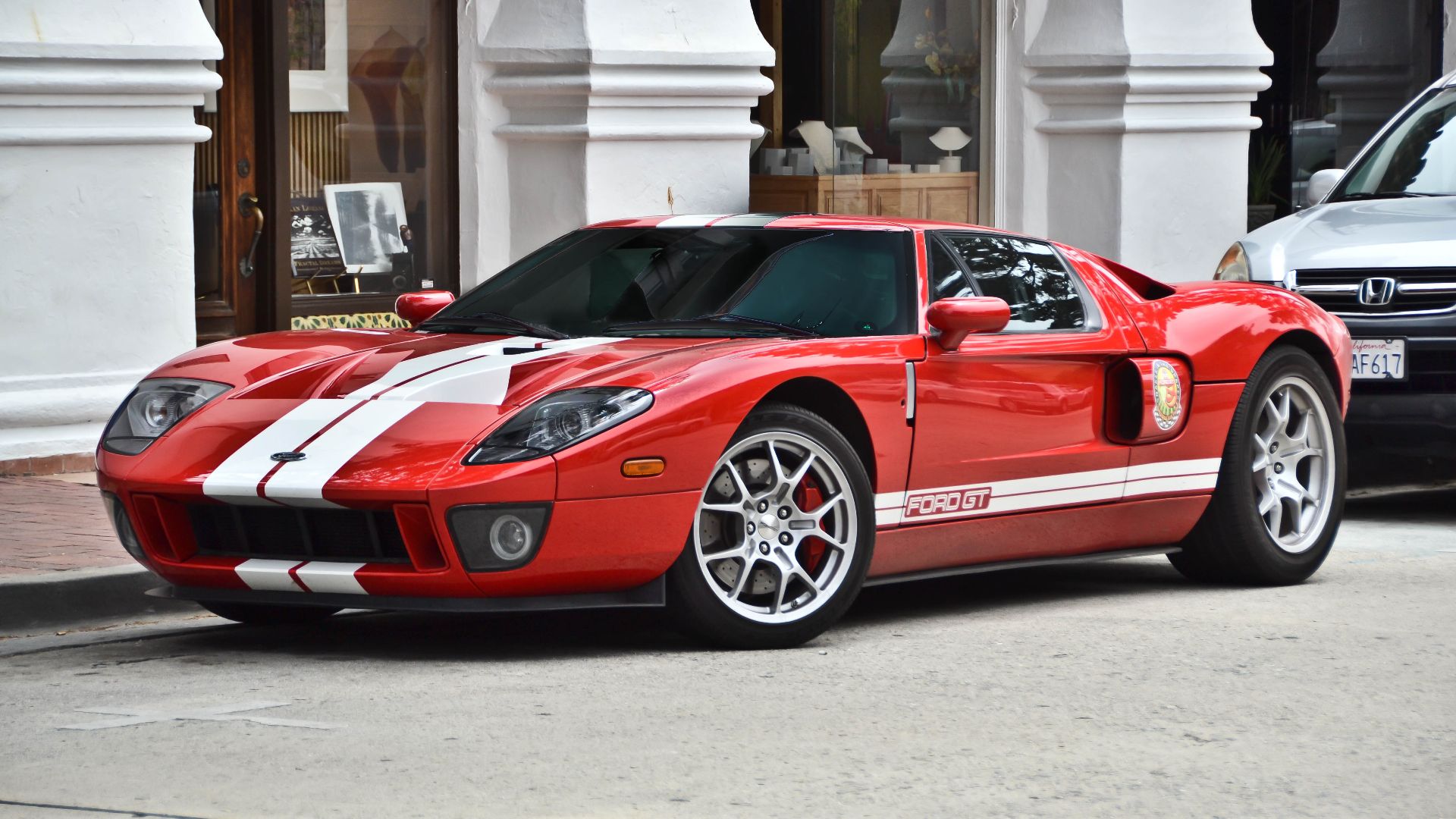 Winning Automotive Photography on Wikimedia
Winning Automotive Photography on Wikimedia
7. Lamborghini Miura (1966)
In 1966, the Miura's mind-blowing performance, mid-engine layout, and gorgeous design set the automotive world on fire. It became the blueprint for future supercars as it turned the tide. The Miura was awarded the "Most Beautiful Car Ever Made" by British GQ.
8. Bugatti Chiron (2016)
At 304.77 mph, the Bugatti Chiron didn’t need anyone’s approval. It generated 1,479 horsepower and took it to another level with a luxurious design. The Chiron speaks of Bugatti's engineering brilliance and perfectionism when it comes to making supercars.
9. Pagani Huayra (2011)
Huayra is craftsmanship at its peak. Top Gear named it the "Hypercar of the Year" in 2012. The car has a 6.0-liter twin-turbo V12 engine sourced from AMG, which pushes out 720 horsepower. Moreover, the lightweight carbon-titanium construction makes it a masterpiece.
10. Aston Martin Valkyrie (2018)
This engineering marvel is named after a Norse legend, and rightfully so. The Valkyrie integrates a 6.5-liter V12 engine with a hybrid system to produce 1,160 horsepower. Those underbody venturi tunnels generate immense downforce and still give us goosebumps.
11. Nissan GT-R (2007)
This demon is known as "Godzilla" for its monstrous power and relentless performance on the track. The Nissan GT-R's lightning-fast acceleration made it a legend. It set numerous lap records at tracks like the Nürburgring and became a favorite among car enthusiasts.
12. Ferrari LaFerrari (2013)
LaFerrari takes it up a notch by integrating hybrid technology. The blend of a V12 engine and electric motor highlights the brand’s motivation to innovate. It holds the title of Ferrari’s most powerful and fastest road car and received accolades for its high-tech design.
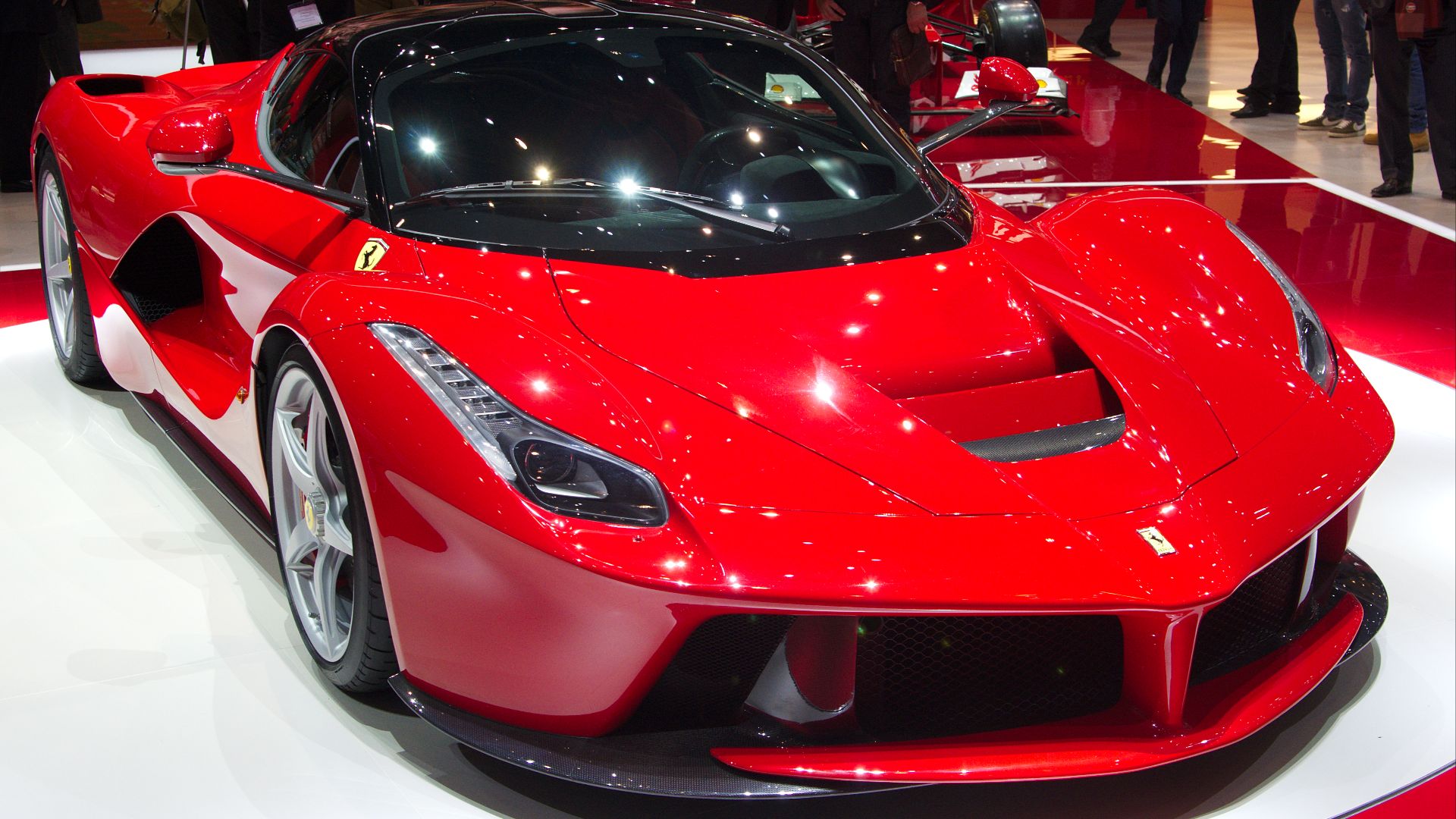 Clément Bucco-Lechat on Wikimedia
Clément Bucco-Lechat on Wikimedia
13. Lamborghini Aventador SVJ (2018)
People went mad when the Aventador SVJ was launched. The car isn't just powerful; it set a Nürburgring lap record with a time of 6:44.97, thanks to its ALA 2.0 active system. That achievement earned the SVJ the title of the fastest production car around the 'Ring at the time.
14. McLaren P1 (2013)
This hybrid hypercar broke new ground with its tech, including an active rear wing and advanced hybrid system. The McLaren P1 won numerous awards, including the "Top Gear Hypercar of the Year," and people just loved this kind of performance on track back in 2013.
15. Tesla Roadster (2020)
Musk's promise of improving electric performance came to life with the Roadster. It is a glimpse into the future of supercars. The Roadster achieved a 0-60 mph time in 1.9 seconds and can top speeds exceeding 250 mph. In short, the car set new standards for electric supercars.
16. SSC Tuatara (2020)
With a verified top speed of 295 mph and a claimed top speed of 331 mph, the SSC Tuatara made headlines worldwide. Even though the 300+ mark could not be verified, its low drag coefficient of 0.279 and 1,750 horsepower made it a modern sensation. SSC is still aiming to break the 300mph barrier, and yes, we are waiting.
17. Hennessey Venom GT (2011)
People from the racing world can’t forget the moment when the Venom GT set a world record for the fastest 0-300 km/h acceleration in just 13.63 seconds. With 1,244 horsepower and a lightweight carbon fiber construction, this American hypercar makes us proud with its high-speed engineering.
18. Rimac C_Two (2018)
The Rimac C_Two stands out with four electric motors that deliver a total of 1,914 horsepower. This all-electric hypercar is famous for incredible acceleration, a top speed of 258 mph, and advanced autonomous features like AI driving coach and adaptive cruise control.
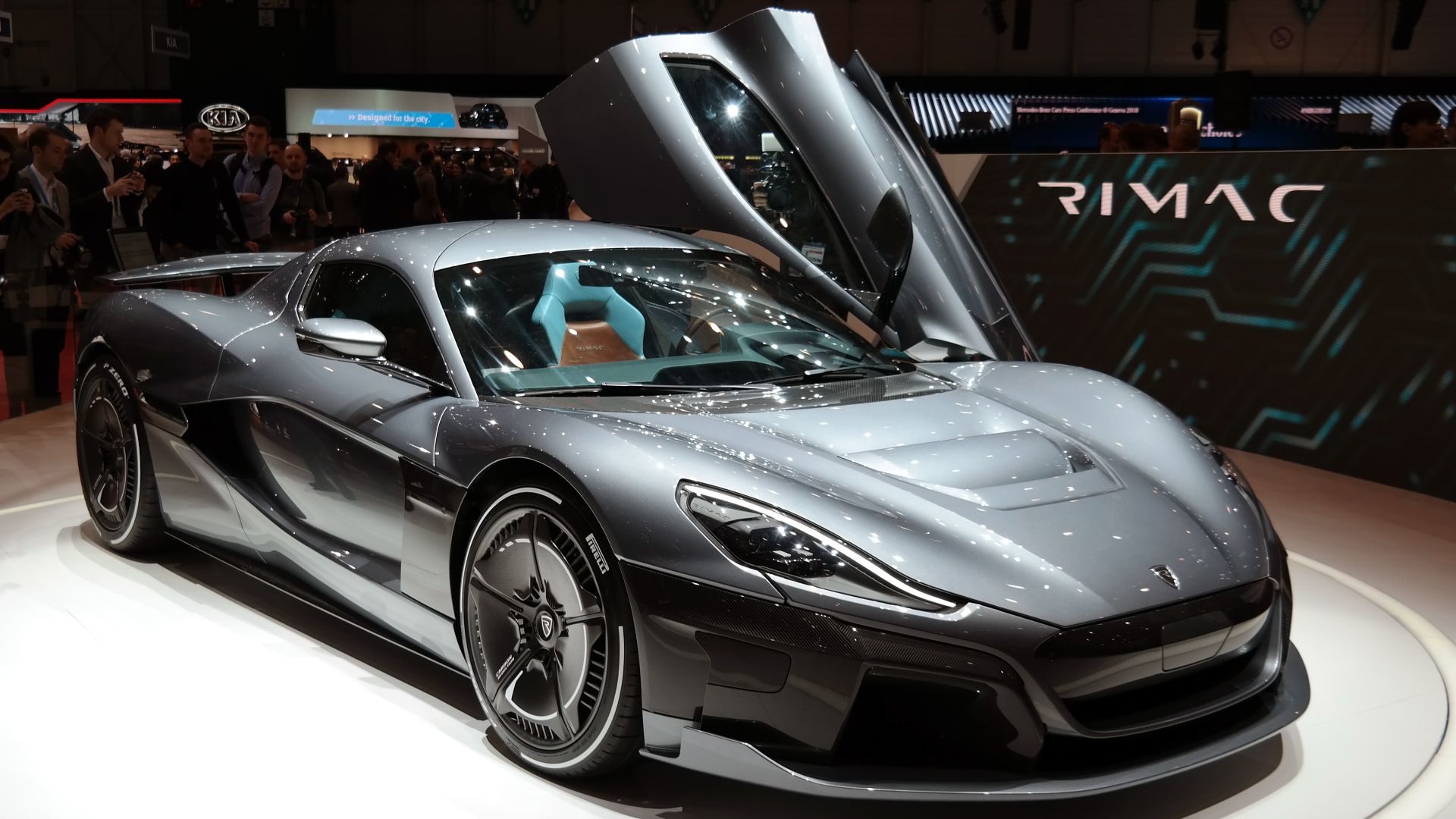 Norbert Aepli, Switzerland on Wikimedia
Norbert Aepli, Switzerland on Wikimedia
19. Lotus Evija (2019)
As the most powerful production car of the year, the Lotus Evija brags about its 1,972 horsepower. It received the "Electric Hypercar of the Year" award from GQ, and everyone praised this supercar for its innovative design and groundbreaking performance.
20. Ferrari Enzo (2002)
Now, this beast is named after its company's founder. The Ferrari Enzo features advanced tech derived from Formula 1. Its power and iconic design made the Enzo a timeless classic, celebrated by many racing enthusiasts and collectors around the world.


